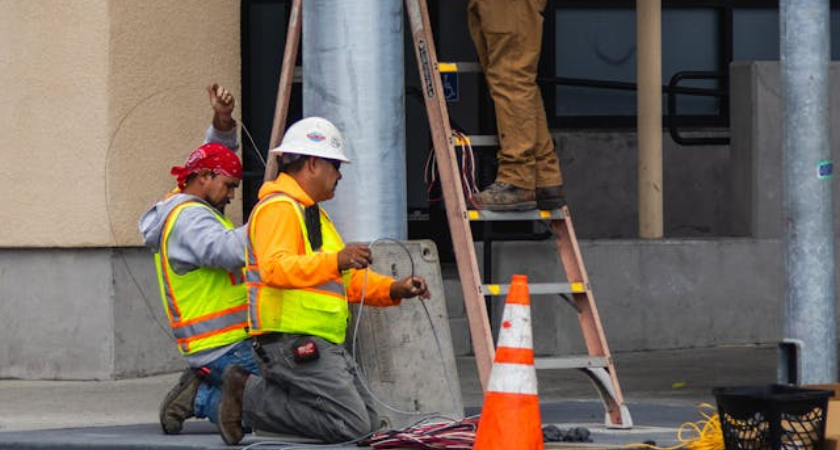
Contractors across the country are bracing for a difficult stretch as rising costs and slowing deal flow begin to strain construction pipelines. Speaking during an Oct. 8 economic outlook webinar, Anirban Basu, chief economist at the Associated Builders and Contractors (ABC), warned that project starts may not significantly rebound until late 2026 or even 2027 — and only if borrowing conditions improve and Washington renews key spending programs.
.jpg)
“This is the key issue I think for many contractors going forward: interest rates,” Basu said. “One of the things I hear from contractors is, at least some contractors not working on data center projects, deal flow is drying up.”
The divergence between sectors continues to widen. Contractors active in data center construction — now the dominant segment of private nonresidential building — still report roughly 12 months of backlog, according to ABC survey data. However, firms outside the data infrastructure boom are operating with closer to eight months, signaling tighter runway ahead.
Basu said the surge in artificial intelligence-related infrastructure is likely to sustain momentum through at least 2027, but questioned whether it was built on durable fundamentals.
“It’s not obvious to me that these companies investing these tens of billions of dollars on AI infrastructure are going to receive much a rate of return... But I don’t think that’s 2025, 2026 or even 2027. I think you’re going to see that data center construction boom persist through the next two years at least.”
Outside of AI-related work, commercial development is clearly cooling, with several major metros hitting saturation.
“Projects are no longer penciling out from a pro forma perspective,” said Basu. “Delivery costs have increased, construction costs have increased, job creation is not what it used to be.”
Leasing for distribution and warehouse facilities has also slowed sharply — a shift Basu partly attributed to tariffs.
“If you’re not importing the item, it doesn’t have to go through a distribution center... Therefore, you don’t have as many leases.”
Even manufacturing construction, once a bright spot due to reshoring efforts, is beginning to lose steam. Tariffs and political uncertainty are causing companies to hesitate on major capital investments.
“Tariffs are actually producing less investment in manufacturing facilities... That actually is consistent with what we’re seeing in the manufacturing construction data.”

Publicly funded infrastructure work has served as a critical buffer for many contractors over the past year, but Basu cautioned that the runway is not unlimited. Federal infrastructure funds from the Infrastructure Investment and Jobs Act (IIJA) are set to expire in September 2026, and state and municipal budgets are already tightening.
“Financing for public projects has sort of dried up recently, there’s not as many RFPs for public work projects right now... For those contractors that have been busy on the infrastructure side … we might see a slowdown in expenditures and demand for their services.”
Unless interest rates ease and Congress renews infrastructure funding, contractors could face a prolonged period of constrained opportunities, with only data center and federally backed work offering real momentum.
Originally reported by Sebastian Obando in Construction Dive.